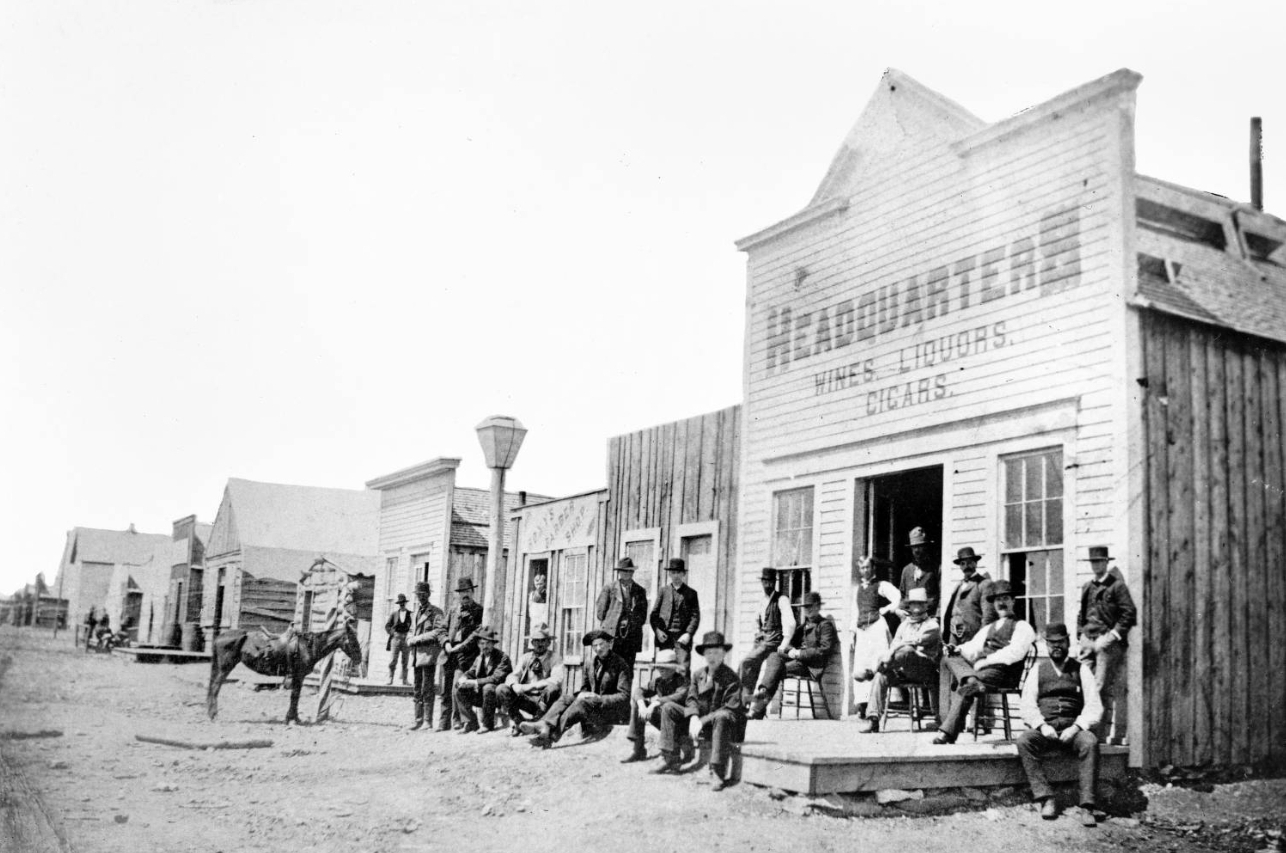Billings, Montana
 Billings is the most populous city in the U.S. state of Montana, with a population of 117,116 as of the 2020 census. Located in the south-central portion of the state, it is the seat of Yellowstone County and the principal city of the Billings Metropolitan Area, which had a population of 184,167 in the 2020 census. With one of the largest trade areas in the United States, Billings is the trade and distribution center for much of Montana east of the Continental Divide. Billings is also the largest retail destination for much of the same area. The Billings Chamber of Commerce claims the area of commerce covers more than . In 2009, it was estimated to serve over 500,000 people.
Billings is the most populous city in the U.S. state of Montana, with a population of 117,116 as of the 2020 census. Located in the south-central portion of the state, it is the seat of Yellowstone County and the principal city of the Billings Metropolitan Area, which had a population of 184,167 in the 2020 census. With one of the largest trade areas in the United States, Billings is the trade and distribution center for much of Montana east of the Continental Divide. Billings is also the largest retail destination for much of the same area. The Billings Chamber of Commerce claims the area of commerce covers more than . In 2009, it was estimated to serve over 500,000 people.Billings was nicknamed the "Magic City" because of its rapid growth from its founding as a railroad town in March 1882. The nearby Crow and Cheyenne peoples call the city ''Ammalapáshkuua'' and ''É'êxováhtóva'' respectively, meaning 'where they cut wood', named as such because of a sawmill built in the area by early white settlers. The city has experienced rapid growth and maintains a strong economy. From 1969 to 2021, the Billings area population growth was 89%, compared to Montana's overall increase of 59%. Parts of the metro area are seeing hyper growth. From 2000 to 2010 Lockwood, an eastern suburb, saw growth of 57.8%, the largest growth rate of any community in Montana. In 2020, the area experienced its highest growth rate in a decade with a 2.3% increase. Billings avoided the economic downturn that affected most of the nation from 2008 to 2012 as well as the housing bust. With more hotel accommodations than any area within a five-state region, the city hosts a variety of conventions, concerts, sporting events, and other rallies. It provides services to the Bakken oil development, 250 to 350 miles to the east, as well as the Heath Shale oil discovery north of Billings, the city's growth rate stayed high during the shale oil boom.
Attractions in and around Billings include ZooMontana, the Yellowstone Art Museum, Pompey's Pillar, Pictograph Cave, Chief Plenty Coups State Park, Little Bighorn Battlefield, Bighorn Canyon, Red Lodge Mountain, and the Beartooth Highway. The northeast entrance to Yellowstone National Park is a little over from Billings. Provided by Wikipedia
-
1
-
2